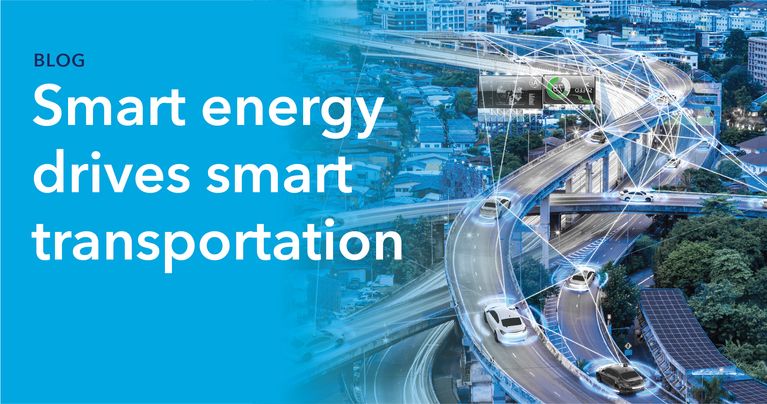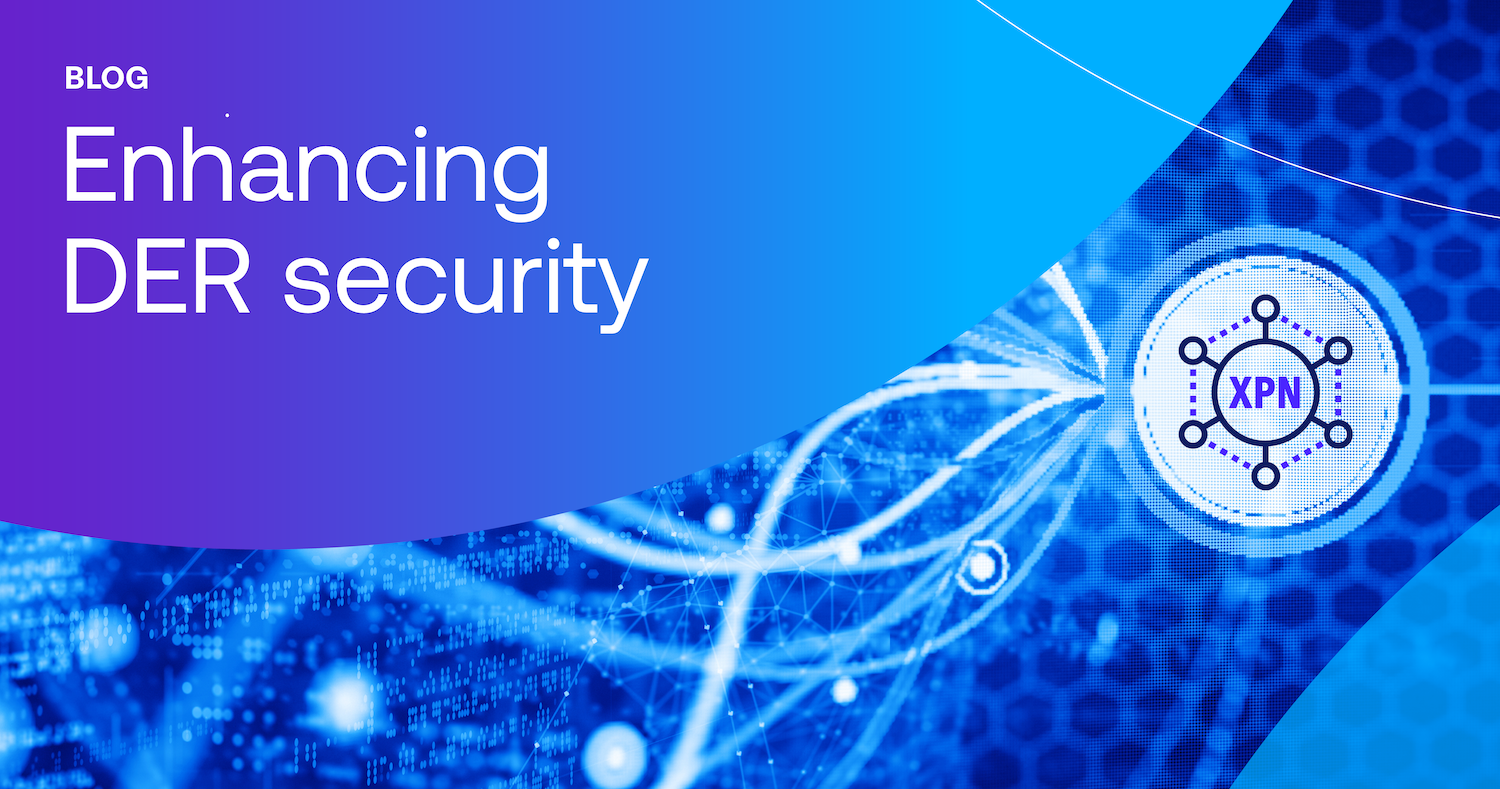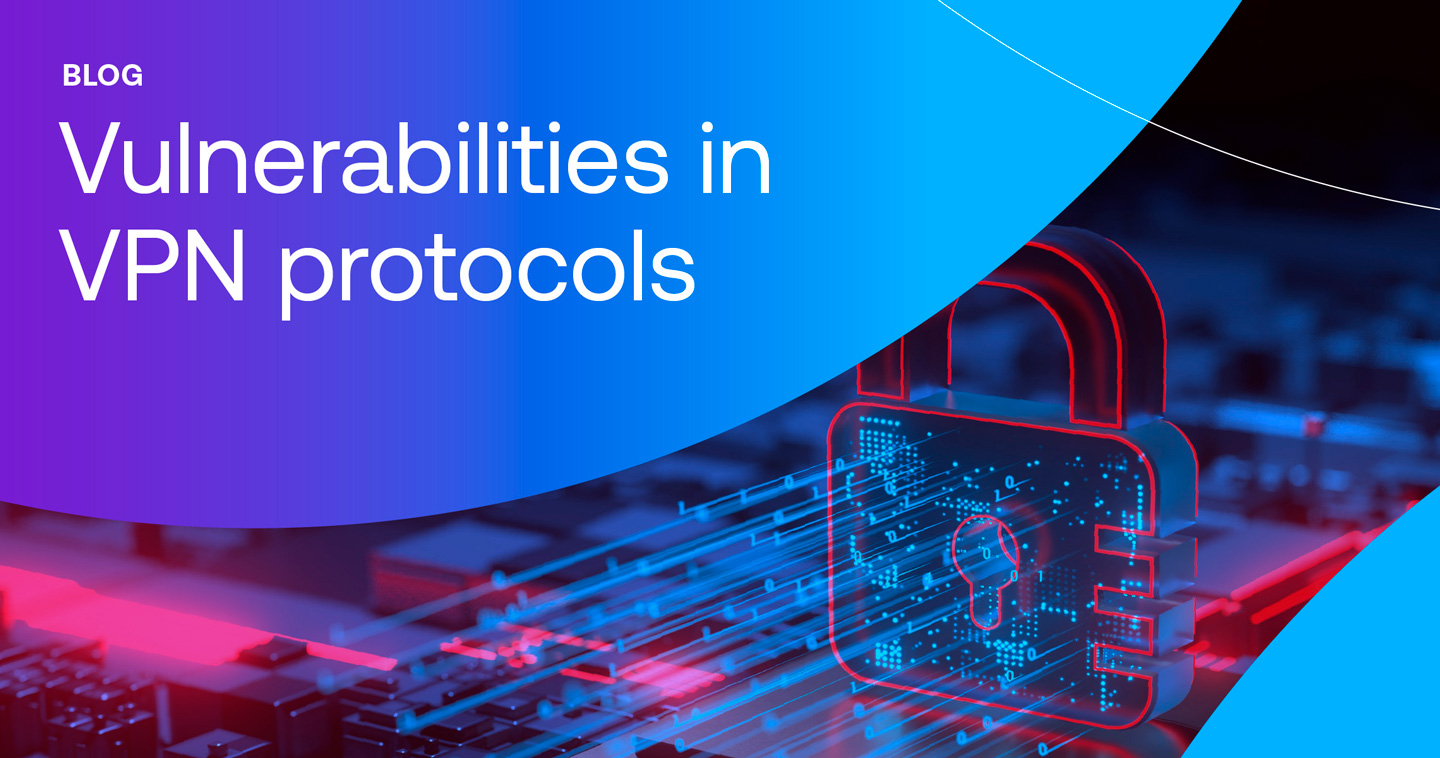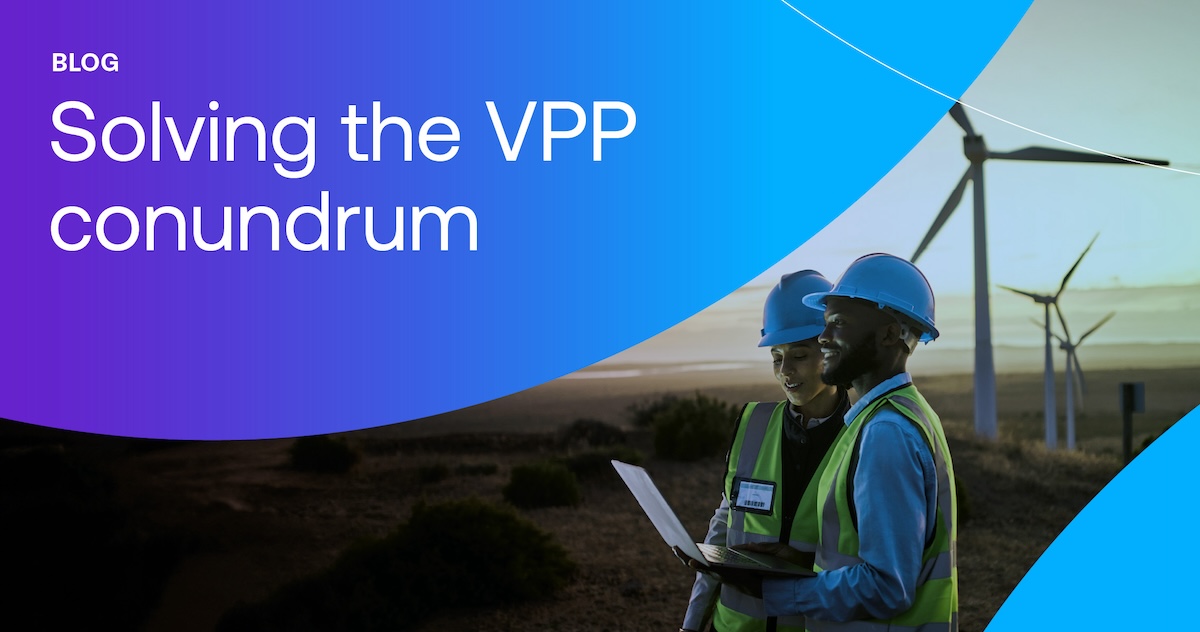- Smart transportation has significantly changed the ways that people move through the world.
- As the transportation industry shifts its focus onto electrification and the clean energy transformation, collaboration with utilities around data is especially important.
- The Intertrust Platform enables collaboration and data interoperability between smart transportation and energy organizations.
- Additionally, the new Intertrust CleanGrid digital toolkit reduces the time and resources required to plan, integrate, and optimize smart transportation and energy infrastructure.
Transportation is one of the fundamental building blocks of our society, and it’s only getting smarter. In simple terms, smart transportation is the application of new technologies and data management strategies to transportation systems. This includes roads, vehicles, and existing—and increasingly electrified—infrastructure.
A wide array of transportation data from a variety of Internet of Things (IoT) sources is collected, transmitted, and analyzed. This data can deliver real-time and long-term insights into how transport networks are being used on a city or national level, allowing responsible public bodies to upgrade and maintain infrastructure. In addition, the data can assist the private sector in the integration of new technologies such as electric vehicles (EVs) and autonomous vehicles.
Changing how people move
The smart transportation market is expected to reach $311 billion by 2026. Without a doubt, smart transportation systems are changing how people and goods move. Here are some examples:
- Autonomous trucks that carry products cross-country between producers, warehouses, and retailers.
- Public bicycle schemes that allow users to locate, pick up, and drop off rental bikes through a smartphone app.
- Smart traffic management that uses real-time data and smart cameras or LiDAR systems to adjust traffic lights and lane usage to improve traffic flows.
- Ride-sharing companies that analyze demand data to assess user needs and adjust pricing.
- Vehicle notification systems and intelligent braking that use sensors and geo-location data to reduce accidents.
Obviously, these transportation innovations are improving access, comfort, cost, and speed. But how does this impact existing energy infrastructure?
Smart energy: Fueling the smart transportation revolution
As the world shifts gears to address climate change, a global zero-emission transportation industry is no longer the stuff of science fiction. Countries around the world are looking to phase out internal combustion engines. In the U.S., California is at the forefront of converting commercial transportation to zero-emission vehicles. Accordingly, electric vehicles for both private and public transportation are becoming the norm, which creates a tremendous opportunity for utilities. Nearly all utilities have jumped in to start developing clean energy transformation initiatives and strategies for transportation electrification.
The electric grid, of course, has traditionally been centralized. Meanwhile, smart energy is about creating “cost-effective, sustainable and secure energy system(s) in which renewable energy production, infrastructure and consumption are integrated and coordinated through energy services, active users, and enabling technologies.” These systems, ranging from EVs, to battery storage, to building energy management systems, are collectively referred to as distributed energy resources (DERs). There are definitely challenges and growing pains as evolving DER technology attempts to integrate with the existing infrastructure of the larger electrical grid.
How data brings smart energy and transportation together
What will help smart energy power the smart transportation revolution is better use and understanding of each other’s data. First and foremost, close collaboration is key. Improved interoperability between smart transportation and energy data will have a huge positive impact on both user experience and their own business fundamentals.
The potential of data to improve how smart transportation and energy work together has been recognized by some of the world’s biggest public bodies and private multinationals. Speaking at a McKinsey Global Institute event, Rachel Haot, Executive Director of New York’s Transit Innovation Partnership, stated that “(d)ata is perhaps the largest opportunity that we have to have an outsize impact for a relatively small investment.” Similarly, Chris King, Siemens Chief Policy Officer for the Digital Grid, has spoken of how they are also putting big data to work in asset and network analytics to improve “grid control, grid applications, grid planning, and analytics.”
Examples of data exchange between smart transportation and energy:
- DigiKoo is a German tech subsidiary of one of Europe’s biggest utility companies. It collects and shares data on energy infrastructure and electric vehicle (EV) demand to improve roll out of EV charging stations.
- Solar canopies at taxi ranks in Scotland improve energy provision without impacting availability.
- Matching public transport to real-time demands to reduce energy waste and improve speeds.
- Smart parking systems that use built-in sensors to update maps on where parking spaces are in a city. One such system, SFpark, reduced cruising in search of on-street parking spaces by 50%.
Data collaboration, Intertrust Platform, and CleanGrid
Data will be indispensable to both maintaining grid stability throughout the clean energy transition and to creating new business advantages. But although the benefits can be huge, sharing data between public and private organizations (or between transport and utility companies) is not that simple. There will always be major concerns with regards to where data is stored, what it is used for, and how it is protected.
To satisfy these concerns and ensure continuous trust and security during collaboration, smart transportation and energy organizations are turning to trusted data exchange platforms—like the Intertrust Platform™. The Intertrust Platform facilitates secure collaboration between organizations in the collection and processing of data. With this highly protected data exchange platform, project data can be guarded by strict governance rules which allow for fine-grained access control and provide advanced privacy protection.
Intertrust also recently launched CleanGrid, an Intertrust Platform-based toolkit that enables energy data tech providers and utilities to build applications that drive the clean energy transition. CleanGrid dramatically reduces the time and resources required to plan, integrate, and optimize new DER and electric vehicle (EV) charging infrastructure by automating tasks in a manner that respects data protection policies.
Conclusion
Along with other industries worldwide, energy utilities are taking advantage of the opportunity to gain actionable insights from smart transportation data. To that end, the Intertrust Platform improves interoperability between datasets originating from different sources and formats. It also facilitates secure, isolated workflow environments for governed datasets. That means data stays safe and never has to move. This focus on the safe exchange and protection of data smoothes the process of collaboration, which is critical for smart transportation and energy.
In addition, Intertrust’s CleanGrid toolkit gives utilities, grid operators, energy tech companies, analytics providers, system integrators, and more a quick path to developing a series of trusted data-based applications that can be used to support the grid and new smart transportation initiatives. Download our CleanGrid white paper for an in-depth look.
To find out more about how the Intertrust Platform is improving collaboration between stakeholders in smart transportation and smart energy, you can read more here or get in touch with our team.
Editor’s note: This blog was originally published in May, 2020. It has been extensively revised and updated.
About Abhishek Prabhakar
Abhishek Prabhakar is a Senior Manager ( Marketing Strategy and Product Planning ) at Intertrust Technologies Corporation, and is primarily involved in the global product marketing and planning function for The Intertrust Platform. He has extensive experience in the field of new age enterprise transformation technologies and is actively involved in market research and strategic partnerships in the field.




